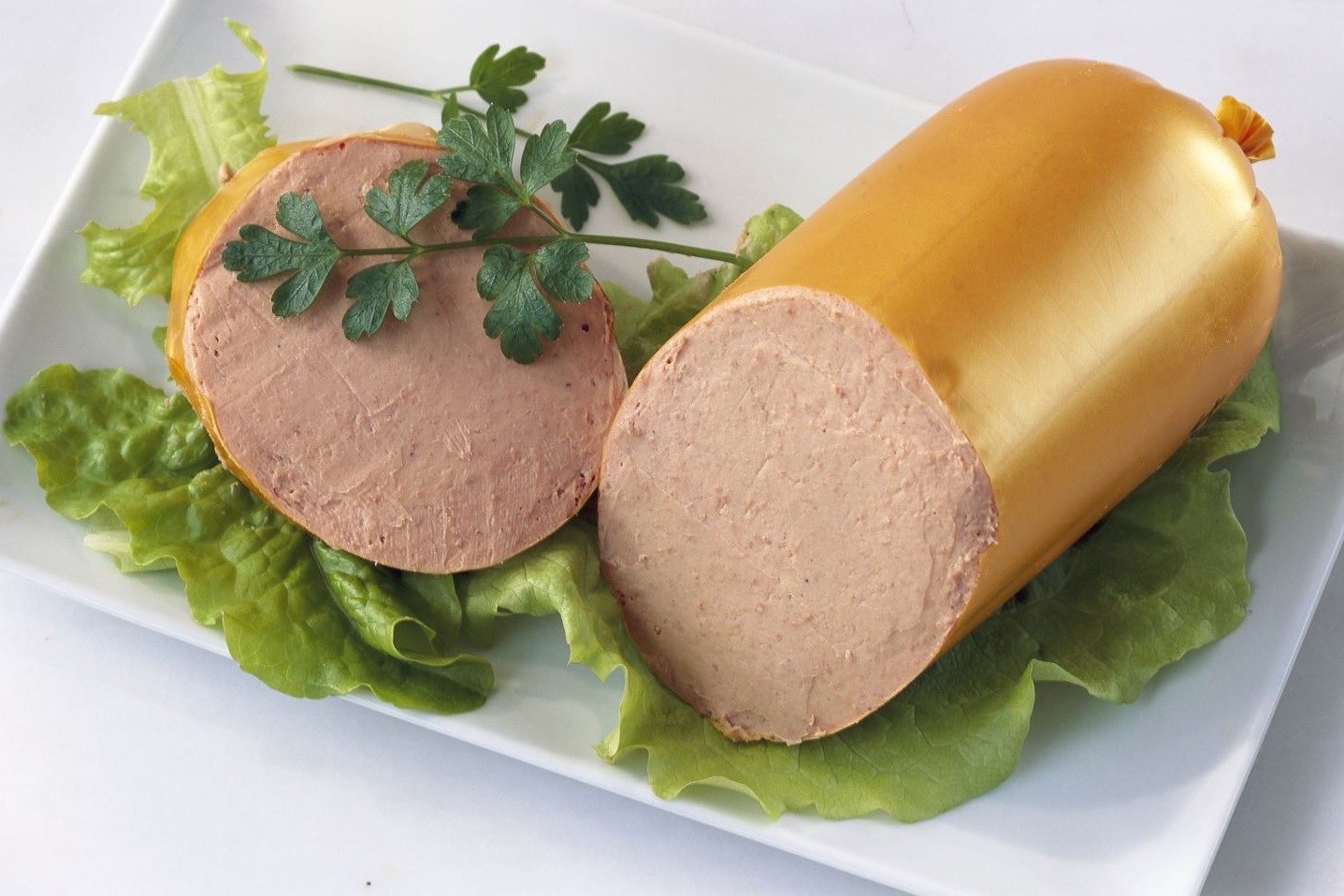
Forcemeat might sound like a fancy culinary term, but it's actually quite simple. Forcemeat is a mixture of ground meat and fat emulsified together, often with other ingredients like breadcrumbs, eggs, and seasonings. This mixture forms the base for many delicious dishes, including sausages, pâtés, terrines, and meatballs. Forcemeat can be made from various meats such as pork, chicken, fish, or even game. The key to a good forcemeat is achieving the right texture and flavor balance. Whether you're a seasoned chef or a curious home cook, understanding forcemeat opens up a world of culinary possibilities. Ready to learn more? Let's dive into 35 fascinating facts about forcemeat!
What is Forcemeat?
Forcemeat is a mixture of ground, lean meat combined with fat. This blend is used in various culinary applications, from sausages to pâtés. Let's dive into some fascinating facts about this versatile ingredient.
- Forcemeat can be made from different types of meat, including pork, veal, poultry, and even seafood.
- The term "forcemeat" comes from the French word "farce," which means stuffing.
- There are four primary types of forcemeat: straight, country-style, gratin, and mousseline.
- Straight forcemeat involves grinding equal parts of pork and pork fat.
- Country-style forcemeat is coarser and often includes liver.
- Gratin forcemeat involves partially cooking the meat before grinding.
- Mousseline forcemeat is light and airy, typically made with cream and egg whites.
- Forcemeat is a key ingredient in making terrines, galantines, and pâtés.
- The texture of forcemeat can range from smooth to coarse, depending on the dish.
- Seasonings like salt, pepper, and various herbs are essential for flavoring forcemeat.
Historical Background of Forcemeat
Forcemeat has a rich history that dates back centuries. It has been a staple in many cultures, each adding its unique twist.
- Ancient Romans used forcemeat in their cooking, particularly in sausages and stuffed dishes.
- In medieval Europe, forcemeat was a luxury item often served at banquets.
- French cuisine has significantly influenced the development and refinement of forcemeat.
- The classic French dish, pâté en croûte, features forcemeat encased in pastry.
- In Germany, forcemeat is used in making traditional sausages like bratwurst.
- Scandinavian countries use forcemeat in dishes like Swedish meatballs and Danish leverpostej.
- Forcemeat was a popular filling for pies in Victorian England.
- The use of forcemeat spread to the Americas through European settlers.
Techniques and Preparation
Creating the perfect forcemeat requires specific techniques and attention to detail. Here are some key points to consider.
- The meat and fat should be chilled before grinding to ensure a smooth texture.
- A food processor or meat grinder is typically used to achieve the desired consistency.
- Forcemeat should be mixed thoroughly to ensure even distribution of fat and seasonings.
- Ice or ice water is often added during mixing to keep the mixture cold.
- Some recipes call for the forcemeat to be passed through a fine sieve for a smoother texture.
- Test the seasoning by cooking a small patty of the forcemeat before using it in a dish.
- Forcemeat can be shaped into logs, balls, or packed into molds for different presentations.
- It can be cooked by baking, poaching, or steaming, depending on the recipe.
Culinary Uses of Forcemeat
Forcemeat is incredibly versatile and can be used in a variety of dishes. Here are some popular applications.
- Sausages are one of the most common uses of forcemeat.
- Pâtés and terrines often feature a blend of forcemeat and liver.
- Stuffed poultry, like chicken or turkey, can be filled with forcemeat for added flavor.
- Dumplings and ravioli can be filled with forcemeat for a rich, savory taste.
- Scotch eggs are made by wrapping forcemeat around a boiled egg.
- Forcemeat can be used as a filling for vegetables like bell peppers or zucchini.
- In French cuisine, quenelles are delicate dumplings made from mousseline forcemeat.
- Forcemeat can be used to make meatloaf or meatballs with a finer texture.
- It is also used in making traditional dishes like haggis and boudin.
Forcemeat's versatility and rich history make it a fascinating subject in the culinary world. Whether used in classic dishes or modern recipes, it continues to be a staple in kitchens around the globe.
The Final Slice
Forcemeat is more than just a fancy culinary term. It’s a blend of meats, fats, and seasonings that creates delicious dishes like sausages, pâtés, and terrines. Knowing the different types—straight, country-style, gratin, and mousseline—can help you choose the right one for your recipe. The process involves grinding, mixing, and sometimes emulsifying the ingredients to achieve the perfect texture and flavor.
Whether you’re a home cook or a professional chef, understanding forcemeat can elevate your cooking game. Experiment with various meats and seasonings to create your unique blends. Remember, the key to great forcemeat is balance and technique. So, next time you’re in the kitchen, give forcemeat a try and impress your friends and family with your culinary skills. Happy cooking!
Was this page helpful?
Our commitment to delivering trustworthy and engaging content is at the heart of what we do. Each fact on our site is contributed by real users like you, bringing a wealth of diverse insights and information. To ensure the highest standards of accuracy and reliability, our dedicated editors meticulously review each submission. This process guarantees that the facts we share are not only fascinating but also credible. Trust in our commitment to quality and authenticity as you explore and learn with us.
